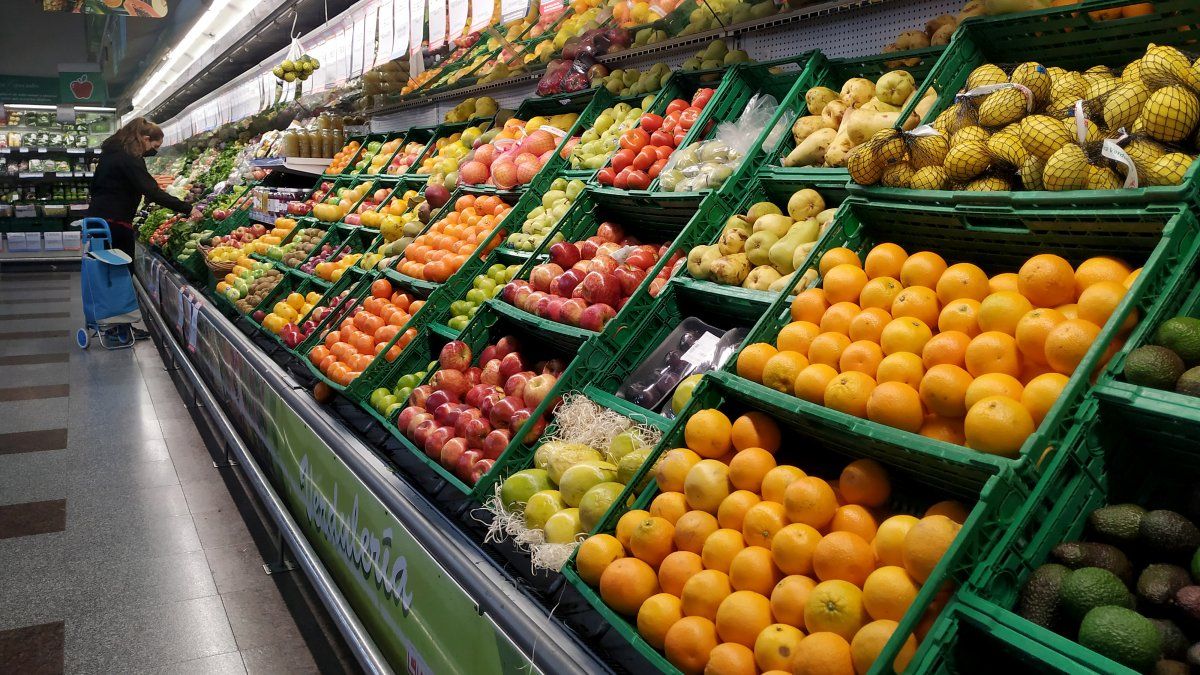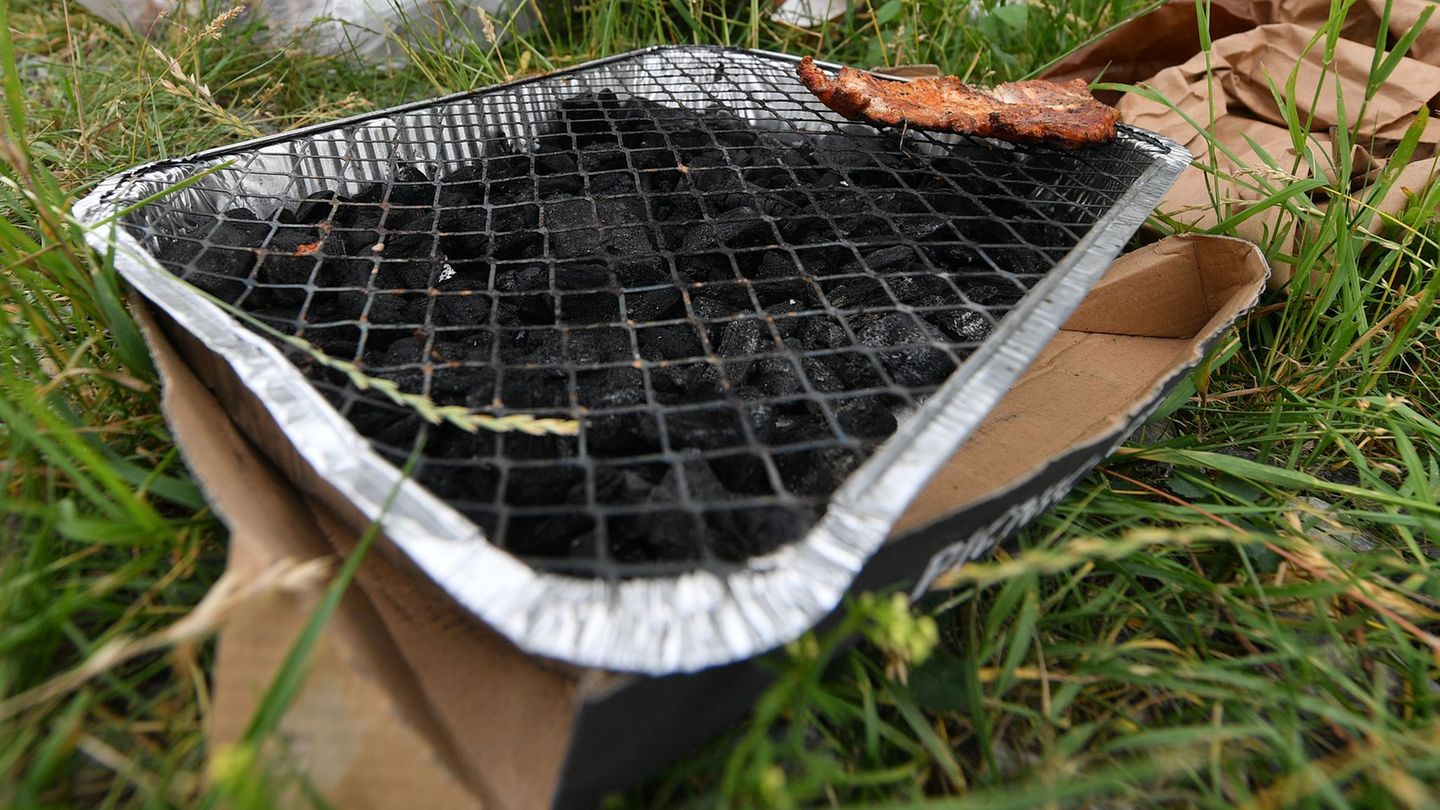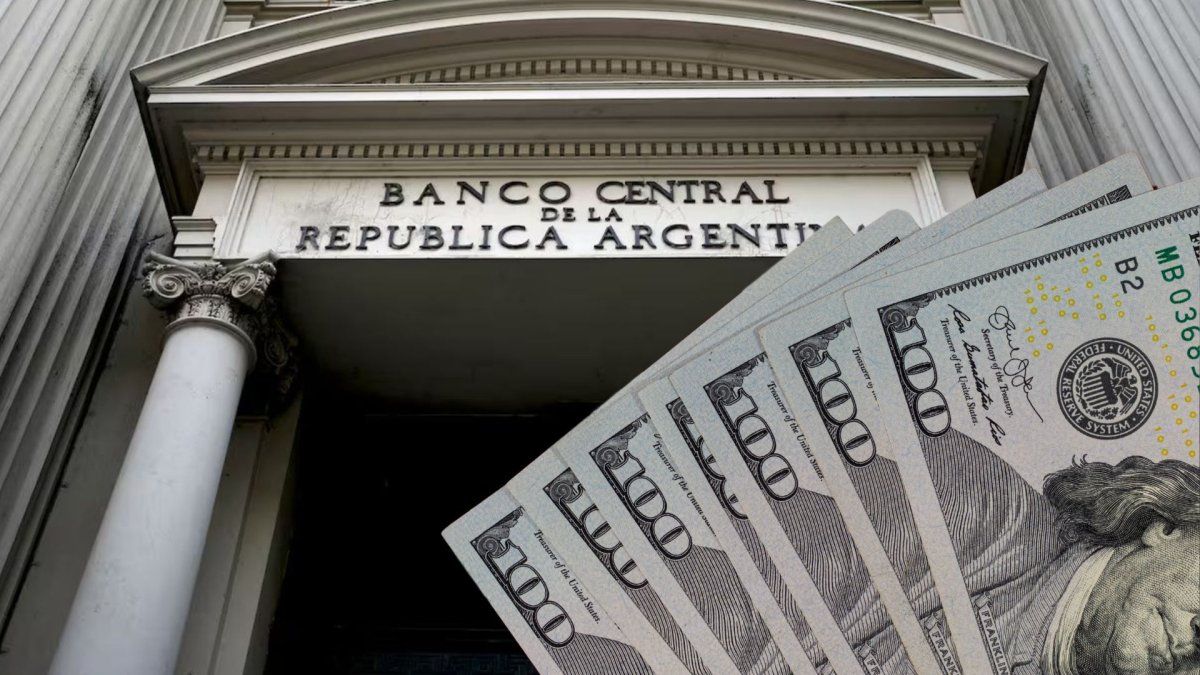In the case of vegetables, tubers and legumes, prices rose 11% in the Buenos Aires Metropolitan Area (AMBA), 21.4% in the Pampas region, 22.3% in the Northeast, 27.5% in the Northwest , 19.5% in Cuyo and 11% in the Patagonian provinces.
In the case of fruits, the increases compared to December were an average of 11.6% in the AMBA, 11% in the Pampean region, 11.1% in the Northeast, 18.4% in the Northwest, 13% in Cuyo and 6.6% in Patagonia.
In dialogue with Télam, the head of the Department of Information and Statistics of the Central Market, Oscar Liverotti, analyzed the dynamics registered in the supply and demand of fruit and vegetable products during the first month of the current year. Liverotti said that variables such as the quality of the products, seasonality and the climatic factor, among other issues, affect the analysis.
As an example, he said that due to the impact of the drought on the production of oranges “this is going to be noticed in the coming months: the producers who did not have irrigation, especially in Entre Ríos and Corrientes, it is very likely that they do not have a lot of production this year. And it also diminishes and lowers the quality” of the product.
“You are going to find oranges out there dry or oranges with little size because they did not reach the water to develop well,” he graphed.
The case of the orange is one of the most outstanding in the last measurement of the INDEC, since it went from being worth $136.50 a kilo last December in shops in Greater Buenos Aires to an average of $203.25 in January, with a increase of 48.9% month-on-month.
“It’s more of a winter fruit than a summer one. So, what happens? In winter, people take it for the vitamin C and there is another type of culture. So, it runs out from October and there is a shortage of oranges on the market especially quality orange,” Liverotti said.
p18-consumption_opt.jpeg
measurements. The records of the statistical centers that depend on the provinces reflected a higher inflation than the one disseminated by the INDEC at the national level. Yesterday the CPI of four districts was known.
This way, He explained that in summer, a part of the orange production remains “in the plant and another part, the producer takes it out and puts it in the chamber. Thus, in general, the supply is much less than in previous months. So, it becomes more expensive.” .
In percentage terms the biggest rise was that of tomatowhich in January marked an average increase of 64.8% in AMBA greengrocers, going from $231.77 a kilo in December to an average of $381.92 in the first month of 2023
Liverotti, when explaining the factors that impact tomato prices, said that “one of them is heat. After a certain number of degrees, from 33 degrees up, it is very difficult to keep the color uniform in the fruit, then quality is lost.
In this way, the supply of good quality tomatoes, being scarce, has a direct impact on the prices of the product.
The area where the tomato comes from also influences the price: if it is from the La Plata fruit and vegetable area, the values are lower for consumers in Greater Buenos Aires, since the freight cost is significantly lower than the product that comes from Mar del Plata, Mendoza or another province.
In regards to the Delicious applewhich according to INDEC registered a 31% rise in the GBA in January compared to last December, Liverotti said that beyond the increase in price, this time of year is usually the most convenient in terms of price, because it is time from harvest.
“Once harvested, two things happen: one part goes to the fresh market and the rest goes to some chambers called conventional cold rooms. And another part goes to controlled atmosphere chambers,” he explained. .
The apples that are in the controlled atmosphere chambers begin to go on the market between August and January for sale, which already includes the cost of the storage service itself in the chamber and electricity.
Asked about the best time to buy apples, Liverotti said that “it is now” because “they are harvesting.”
in what regards vegetables and legumesthe specialist pointed out that the increase in the price of lettuce was due to the heat wave that occurred in mid-November and early December, in much of the center and north of the country, with unusual temperatures for the season of more 40 degrees, which generated shortages.
“Lettuce, with a lot of heat, is destroyed, it is very difficult to keep it in the field. With temperatures of almost 40 degrees, everything is destroyed. Then it takes 35 to 40 days to generate another plant,” Liverotti explained.
In January, according to the INDEC measurement, potatoes, onions and pumpkins also posted significant increases, with rises of $24.7, 8.9% and 2.5%, respectively.
(By Maria Laura Da Silva).
Source: Ambito




